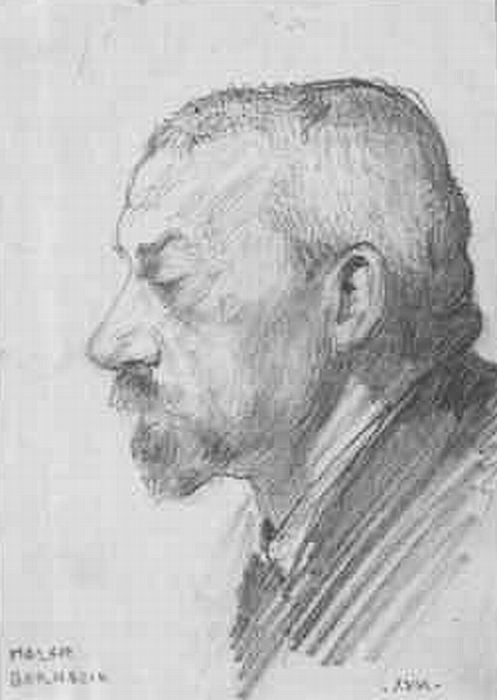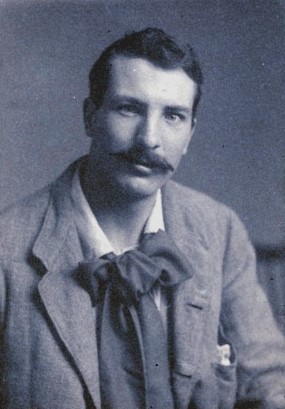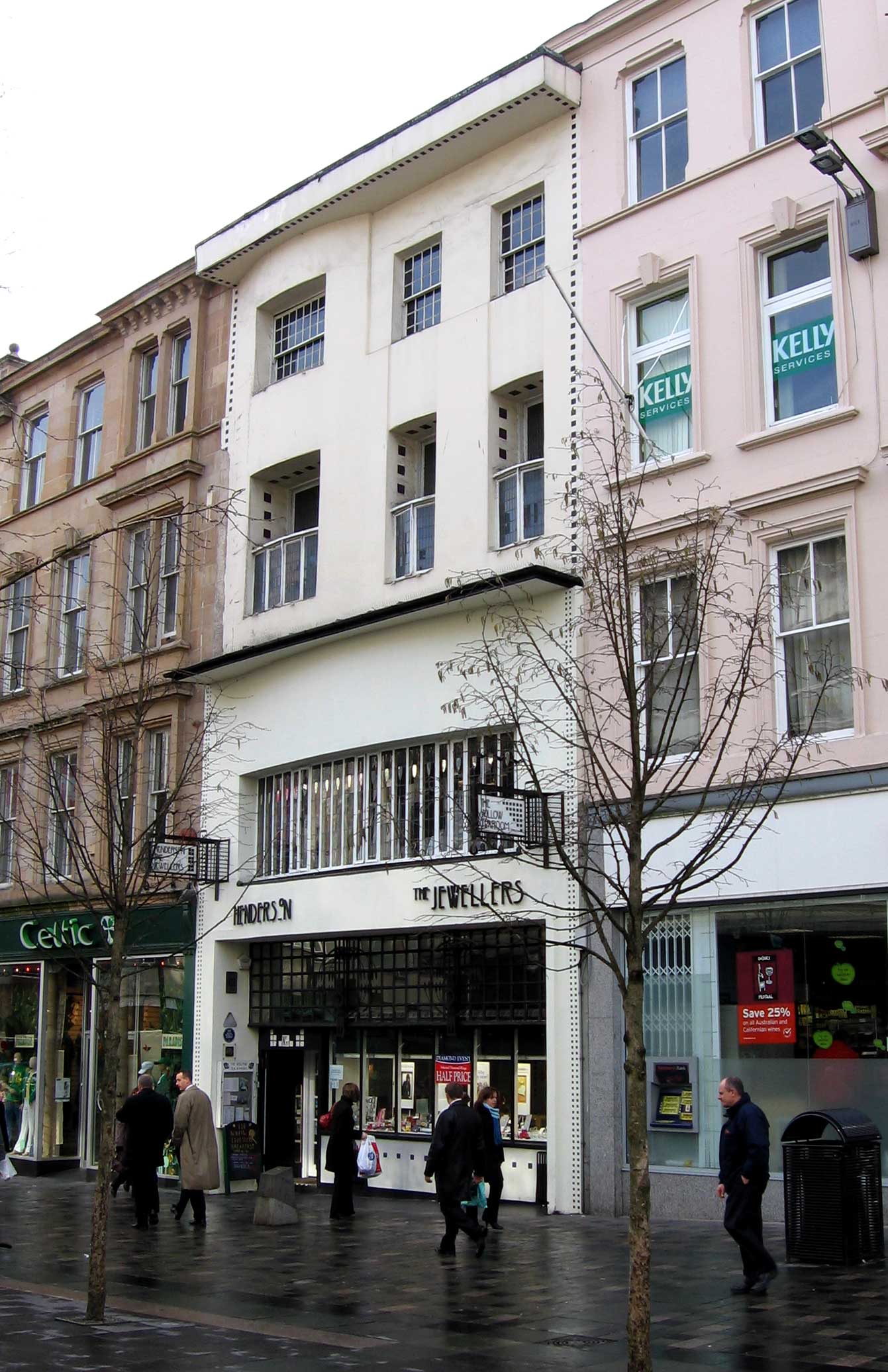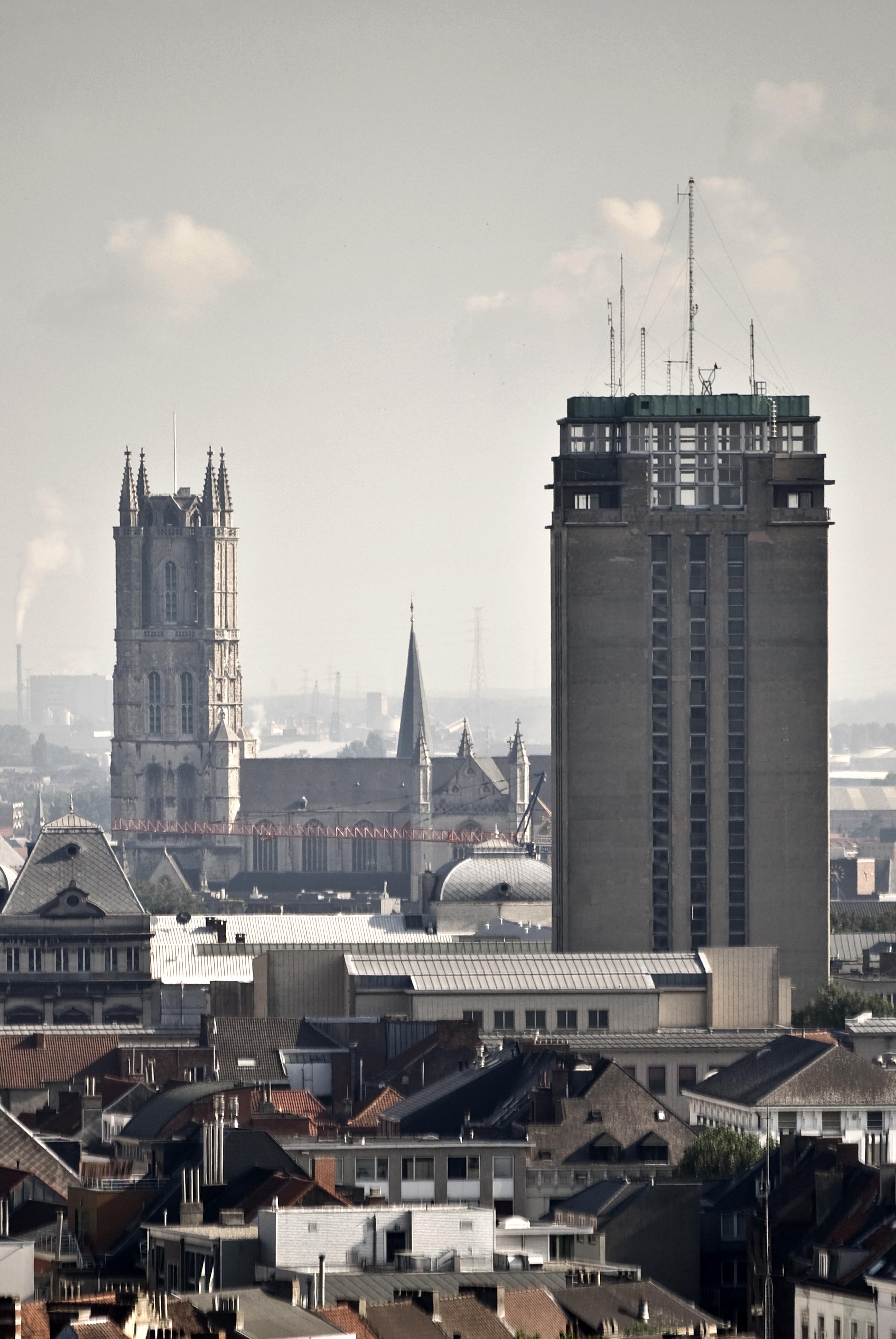|
List Of Industrial Designers
The following industrial designers and product designers are among those who are noted for their accomplishments in industrial or product design, and/or who have made extraordinary contributions to industrial-design or philosophy. This list is categorized by the main design movements of the twentieth century. Although many industrial designers of this list followed many such trends, they are listed under the movement they are most associated with. Arts and Crafts movement (1850–1920) * Walter Crane (1845–1915) * William R. Lethaby (1857–1931) * Arthur Heygate Mackmurdo (1851–1942) * William Morris (1834–1896) * Charles Voysey (1857–1941) * Philip Webb (1831–1915) The aesthetic movement (1860–1890) * Charles Robert Ashbee (1863–1942) * Archibald Knox (1864–1933) Japonisme (1850–1920) Also see Anglo japanese style * Christopher Dresser (1834–1904) * Edward William Godwin (1833-1886sideboard Thonet Bentwood (1850–onwards) * Thonet Bentwood ... [...More Info...] [...Related Items...] OR: [Wikipedia] [Google] [Baidu] |
Industrial Design
Industrial design is a process of design applied to physical Product (business), products that are to be manufactured by mass production. It is the creative act of determining and defining a product's form and features, which takes place in advance of the manufacture or production of the product. It consists purely of repeated, often automated, replication, while craft-based design is a process or approach in which the form of the product is determined by the product's creator largely concurrent with the act of its production. All manufactured products are the result of a design process, but the nature of this process can vary. It can be conducted by an individual or a team, and such a team could include people with varied expertise (e.g. designers, engineers, business experts, etc.). It can emphasize intuitive creativity or calculated Evidence-based design, scientific decision-making, and often emphasizes a mix of both. It can be influenced by factors as varied as Raw material, ... [...More Info...] [...Related Items...] OR: [Wikipedia] [Google] [Baidu] |
Victor Horta
Victor Pierre Horta (; Victor, Baron Horta after 1932; 6 January 1861 – 8 September 1947) was a Belgian architect and designer, and one of the founders of the Art Nouveau movement. His Hôtel Tassel in Brussels, built in 1892–93, is often considered the first Art Nouveau house. The curving stylized vegetal forms that Horta used influenced many others, including architect Hector Guimard, who used it in the first house he designed in Paris and in the entrances he designed for the Paris Metro. He is also considered a precursor of modern architecture for his open floor plans and his innovative use of iron, steel and glass. Horta's later work moved away from Art Nouveau, and became more geometric and formal, with classical touches, such as columns. He made a highly original use of steel frames and skylights to bring light into the structures, open floor plans, and finely-designed decorative details. His later major works included the Maison du Peuple/Volkshuis (1895–1899); ... [...More Info...] [...Related Items...] OR: [Wikipedia] [Google] [Baidu] |
Josef Hoffmann
Josef Hoffmann (15 December 1870 – 7 May 1956) was an Austrian- Moravian architect and designer. He was among the founders of Vienna Secession and co-establisher of the Wiener Werkstätte. His most famous architectural work is the Stoclet Palace, in Brussels, (1905–1911) a pioneering work of Modern Architecture, Art Deco and peak of Vienna Secession architecture. Biography Early life and education Hoffmann was born in Pirnitz / Brtnice, Moravia (now part of the Czech Republic), Austria-Hungary. His father was modestly wealthy, the co-owner of a textile factory, and mayor of the small town. His father encouraged him to become a lawyer or a civil servant, and sent him to a prestigious upper school, but he was very unhappy there. He later described his school years as "a shame and a torture which poisoned my youth and left me with a feeling of inferiority which has lasted until this day." In 1887 he transferred instead to the Higher School of Arts and Crafts State i ... [...More Info...] [...Related Items...] OR: [Wikipedia] [Google] [Baidu] |
Wilhelm Bernatzik
Wilhelm Bernatzik (18 May 1853 – 25 or 26 November 1906) was an Austrian painter. Life Bernatzik was born in Mistelbach. He was the brother of the constitutional law teacher Edmund Bernatzik. Initially a law student at his father's request, he studied at the Special School for Landscape Painting at the Academy of Fine Arts, Vienna under Eduard Peithner von Lichtenfels from 1873 to 1875. In 1875, he received the Golden Füger-Medal and studied at the Kunstakademie Düsseldorf until 1878. Finally, he finished his training in Paris with Léon Bonnat. In 1880 he joined the Vienna Künstlerhaus. He painted ''The Vision of St Bernhard'' in 1882 in Heiligenkreuz Abbey, having been attracted by the mood of the Gothic place. At the 1894 World Exhibition in Antwerp, he won a medal (second class). In 1897 he was a founding member of the Vienna Secession, and served as the group's president in 1902–03. With the art critic Julius Meier-Graefe he organised a successful Impressionist ... [...More Info...] [...Related Items...] OR: [Wikipedia] [Google] [Baidu] |
Wiener Werkstätte
The Wiener Werkstätte (engl.: ''Vienna Workshop''), established in 1903 by the graphic designer and painter Koloman Moser, the architect Josef Hoffmann and the patron Fritz Waerndorfer, was a productive association in Vienna, Austria that brought together architects, artists, designers and artisans working in ceramics, fashion, silver, furniture and the graphic arts. The Workshop was "dedicated to the artistic production of utilitarian items in a wide range of media, including metalwork, leatherwork, bookbinding, woodworking, ceramics, postcards and graphic art, and jewelry." It is regarded as a pioneer of modern design, and its influence can be seen in later styles such as Bauhaus and Art Deco. Following World War I, the workshop was beset by financial troubles and material shortages. Attempts to expand the workshop's base were unsuccessful, as was a reorganization under the direction of Austrian artist Philipp Häusler. In 1926, Workshop financier Otto Primavesi's bank faile ... [...More Info...] [...Related Items...] OR: [Wikipedia] [Google] [Baidu] |
Vienna Secession
The Vienna Secession (german: Wiener Secession; also known as ''the Union of Austrian Artists'', or ''Vereinigung Bildender Künstler Österreichs'') is an art movement, closely related to Art Nouveau, that was formed in 1897 by a group of Austrian painters, graphic artists, sculptors and architects, including Josef Hoffman, Koloman Moser, Otto Wagner and Gustav Klimt. They resigned from the Association of Austrian Artists in protest against its support for more traditional artistic styles. Their most influential architectural work was the Secession Building designed by Joseph Maria Olbrich as a venue for expositions of the group. Their official magazine was called '' Ver Sacrum'' (''Sacred Spring'', in Latin), which published highly stylised and influential works of graphic art. In 1905 the group itself split, when some of the most prominent members, including Klimt, Wagner, and Hoffmann, resigned in a dispute over priorities, but it continued to function, and still functions ... [...More Info...] [...Related Items...] OR: [Wikipedia] [Google] [Baidu] |
Herbert MacNair
James Herbert MacNair (23 December 1868 – 22 April 1955), was a Scottish artist, designer and teacher whose work contributed to the development of the Modern Style (British Art Nouveau style) during the 1890s. Early life Born in Glasgow into a military family, MacNair trained as an architect with the Glasgow firm of Honeyman and Keppie from 1888 to 1895, and it was there that he first met Charles Rennie Mackintosh. As part of their training, the two attended evening classes at the Glasgow School of Art between 1888 and 1894, and it was there that they met the MacDonald sisters, Margaret and Frances. MacNair would go on to marry Frances, and Mackintosh would marry Margaret. The Four All four later became the loose collective of the Glasgow School known as "The Four", MacNair being the least well known. [...More Info...] [...Related Items...] OR: [Wikipedia] [Google] [Baidu] |
Frances MacDonald
Frances Macdonald MacNair (24 August 1873 – 12 December 1921) was a Scottish artist whose design work was a prominent feature of the Modern Style (British Art Nouveau style) during the 1890s. Biography The sister of artist-designer Margaret Macdonald Mackintosh, she was born in Kidsgrove, Stoke-on-Trent, and moved to Glasgow with her family in 1890. Both sisters enrolled in painting classes at the Glasgow School of Art in 1891, where they met the young architects Charles Rennie Mackintosh and Herbert MacNair. Frances went on to marry MacNair in 1899, and Margaret married Mackintosh in 1900. After they met, they exhibited together in a 'School of Art Club' exhibition and due to their similar stylistic approach came to be referred to as "The Four". In the mid-1890s the sisters left the School to set up an independent studio together. They collaborated on graphics, textile designs, book illustrations and metalwork, developing a distinctive style influenced by mysticism, ... [...More Info...] [...Related Items...] OR: [Wikipedia] [Google] [Baidu] |
Margaret MacDonald (artist)
Margaret Macdonald Mackintosh (5 November 1864 – 7 January 1933) was an English-born artist who worked in Scotland, and whose design work became one of the defining features of the Glasgow Style during the 1890s - 1900s. Biography Born Margaret Macdonald, at Tipton, Staffordshire between Birmingham and Wolverhampton, her father was a colliery manager and engineer. Margaret and her younger sister Frances both attended the Orme Girls' School, Newcastle-under-Lyme, Staffordshire; their names are recorded in the school register. In the 1881 census Margaret, aged 16, was a visitor at someone else's house on census night and was listed as a scholar. By 1890 the family had settled in Glasgow and Margaret and her sister, Frances Macdonald, enrolled as day students at the Glasgow School of Art studying courses in design. There, she worked with a variety of media, including metalwork, embroidery, and textiles. She began collaborating with her sister Frances, and in 1896 the pa ... [...More Info...] [...Related Items...] OR: [Wikipedia] [Google] [Baidu] |
Charles Rennie Mackintosh
Charles Rennie Mackintosh (7 June 1868 – 10 December 1928) was a Scottish architect, designer, water colourist and artist. His artistic approach had much in common with European Symbolism. His work, alongside that of his wife Margaret Macdonald, was influential on European design movements such as Art Nouveau and Secessionism and praised by great modernists such as Josef Hoffmann. Mackintosh was born in Glasgow and died in London. He is among the most important figures of Modern Style (British Art Nouveau style). Early life and education Charles Rennie Mackintosh was born at 70 Parson Street, Townhead, Glasgow, on 7 June 1868, the fourth of eleven children and second son of William McIntosh, a superintendent and chief clerk of the City of Glasgow Police. He attended Reid's Public School and the Allan Glen's Institution from 1880 to 1883. William's wife Margaret Mackintosh née 'Rennie' grew up in the Townhead and Dennistoun (Firpark Terrace) areas of Glasgow. Name He cha ... [...More Info...] [...Related Items...] OR: [Wikipedia] [Google] [Baidu] |
Glasgow School
The Glasgow School was a circle of influential artists and designers that began to coalesce in Glasgow, Scotland in the 1870s, and flourished from the 1890s to around 1910. Representative groups included The Four (also known as the Spook School), the Glasgow Girls and the Glasgow Boys. Part of the international Art Nouveau movement, they were responsible for creating the distinctive Glasgow Style (see Modern Style (British Art Nouveau style)). Glasgow experienced an economic boom at the end of the 19th century, resulting in an increase in distinctive contributions to the Art Nouveau movement, particularly in the fields of architecture, interior design and painting. The Four (Spook School) Among the most prominent definers of the Glasgow School collective were The Four. They were the painter and glass artist Margaret MacDonald, acclaimed architect Charles Rennie Mackintosh (MacDonald's husband), MacDonald's sister Frances and Herbert MacNair. Together, The Four defined the Gl ... [...More Info...] [...Related Items...] OR: [Wikipedia] [Google] [Baidu] |
Henry Van De Velde
Henry Clemens van de Velde (; 3 April 1863 – 15 October 1957) was a Belgian painter, architect, interior designer, and art theorist. Together with Victor Horta and Paul Hankar, he is considered one of the founders of Art Nouveau in Belgium.'''' He worked in Paris with Samuel Bing, the founder of the first gallery of Art Nouveau in Paris. Van de Velde spent the most important part of his career in Germany and became a major figure in the German Jugendstil. He had a decisive influence on German architecture and design at the beginning of the 20th century. Early life Van de Velde was born in Antwerp, where he studied painting under Charles Verlat at the famous Royal Academy of Fine Arts, Antwerp. He then went on to study with the painter Carolus-Duran in Paris. As a young painter he was strongly influenced by Paul Signac and Georges Seurat and soon adopted a neo-impressionist style, and pointillism. In 1889 he became a member of the Brussels-based artist group "Les XX". After ... [...More Info...] [...Related Items...] OR: [Wikipedia] [Google] [Baidu] |










